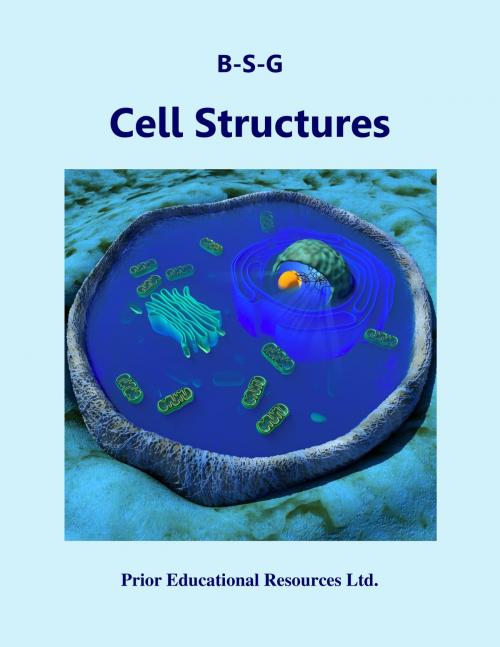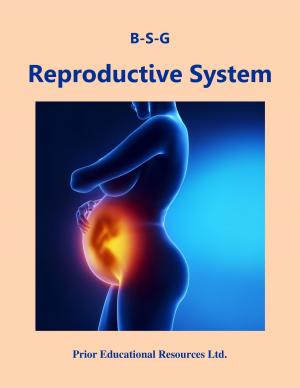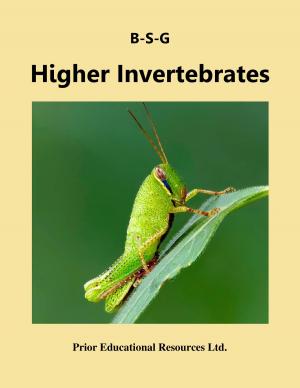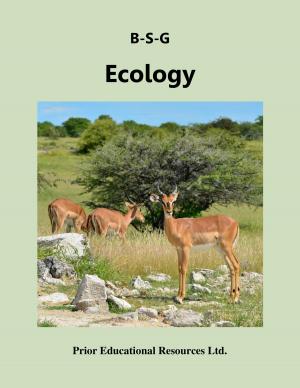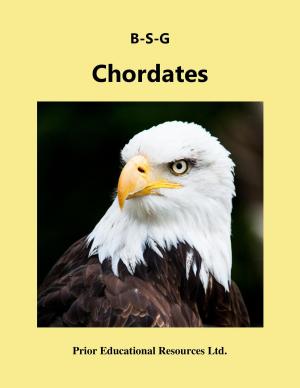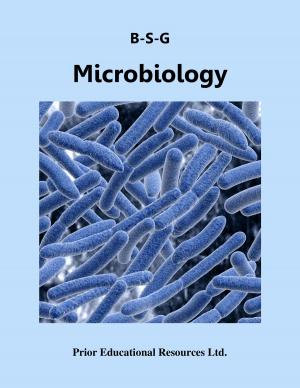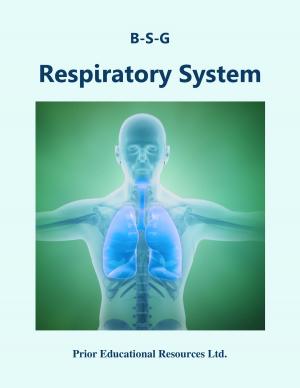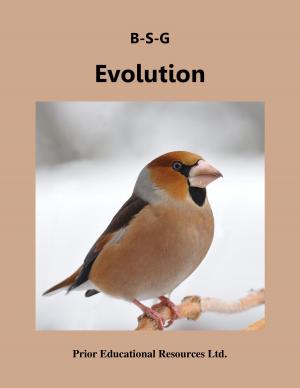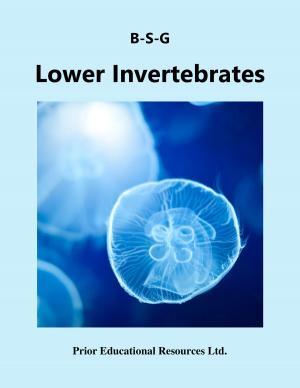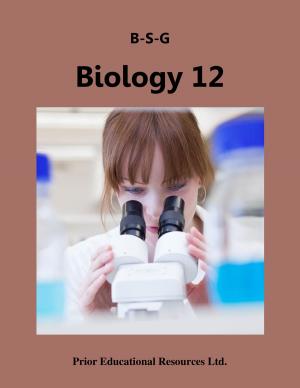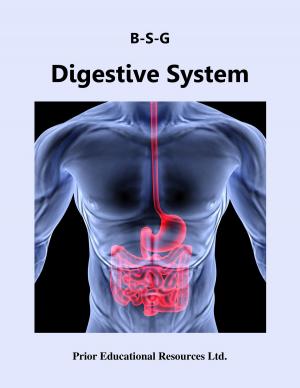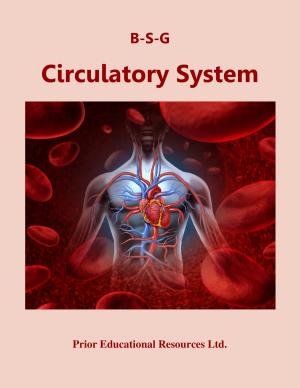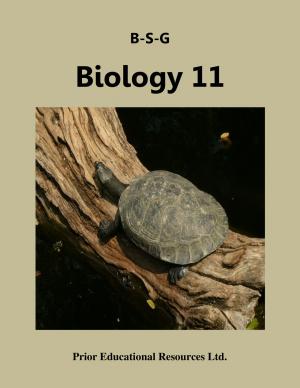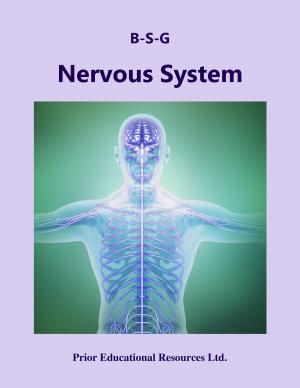| Author: | Roger Prior | ISBN: | 9781927795163 |
| Publisher: | Prior Educational Resources | Publication: | May 25, 2014 |
| Imprint: | Language: | English |
| Author: | Roger Prior |
| ISBN: | 9781927795163 |
| Publisher: | Prior Educational Resources |
| Publication: | May 25, 2014 |
| Imprint: | |
| Language: | English |
Primarily directed towards the function and structure of animal cells, Cell Structures starts with the nucleus and its interaction with the rest of the cell. A second major focus in the unit is the secretory pathway where the functional inter-relationships between several membrane-bound organelles (such as ER, Golgi bodies and vesicles) are considered. The energy relationship between mitochondria and chloroplasts, and intracellular digestion by lysosomes also receive attention before it concludes with a brief discussion of structures comprised of protein filaments such as the cytoskeleton and cilia. The unit is supported by original artwork and labeled diagrams and contains many questions such as short answer and multiple choice that are linked to their answers for self-testing. It also includes sets of written answer questions to help build one’s understanding of the concepts presented. The unit features an interactive Glossary with hundreds of contextually explained terms.
Cell Structures is extracted from Biology 12 Study Guide, which is the sixth edition of a student study guide written to match the curriculum of British Columbia. The concepts presented are applicable to the biology curricula of other educational jurisdictions as well.
Primarily directed towards the function and structure of animal cells, Cell Structures starts with the nucleus and its interaction with the rest of the cell. A second major focus in the unit is the secretory pathway where the functional inter-relationships between several membrane-bound organelles (such as ER, Golgi bodies and vesicles) are considered. The energy relationship between mitochondria and chloroplasts, and intracellular digestion by lysosomes also receive attention before it concludes with a brief discussion of structures comprised of protein filaments such as the cytoskeleton and cilia. The unit is supported by original artwork and labeled diagrams and contains many questions such as short answer and multiple choice that are linked to their answers for self-testing. It also includes sets of written answer questions to help build one’s understanding of the concepts presented. The unit features an interactive Glossary with hundreds of contextually explained terms.
Cell Structures is extracted from Biology 12 Study Guide, which is the sixth edition of a student study guide written to match the curriculum of British Columbia. The concepts presented are applicable to the biology curricula of other educational jurisdictions as well.
